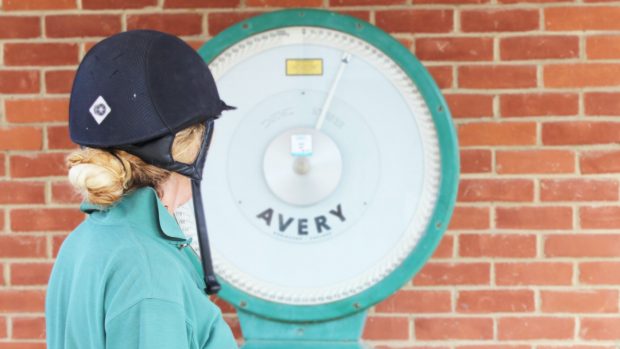More articles on back problems in horses
Find an equine vet
H&H explains the construction of a horse’s back and the problems with diagnosing injury
The equine spine comprises seven cervical vertebrae in the neck, 18 thoracic vertebrae, six lumbar vertebrae and five fused sacral vertebrae in the sacrum, plus more than 15 coccygeal vertebrae in the tail.
The spinal cord is well protected as it runs through the spinal canal, which passes through each individual backbone from the top of the neck to the sacral region.
Fractures and subluxations (dislocation) of a lumbar vertebra can unfortunately result in neurological abnormalities to the extent that the horse may be paralysed.
Rotational falls are high risk, as horses are not designed to somersault. The neck and lower end of the back are able to bend, but there is very little flexibility in the mid-back region.
Enormous pressure is applied to the spine when a horse somersaults. The central section of the horse’s back is firmly anchored by muscles, ligaments and rib attachments — this is the area that is most likely to break when bent.
Difficult to diagnose
Injuries involving the horse’s spine are a challenge to investigate as the equine back is a large area covered by thick muscles. Pinpointing the cause of the damage can be difficult.
Until the precise problem has been identified, specific treatment is difficult. Sometimes it can be hard to differentiate between bone damage, muscle pain or a horse that has tied-up with muscle cramps.
Initially, any treatment should involve removing pain and making the horse as comfortable as possible before it can start to exercise again and regain its lost muscle function and strength.
For the full veterinary article on broken backs, see the current issue of Horse & Hound (22 July, ’10)
Looking for more articles on back problems in horses?
Find an equine vet near you



